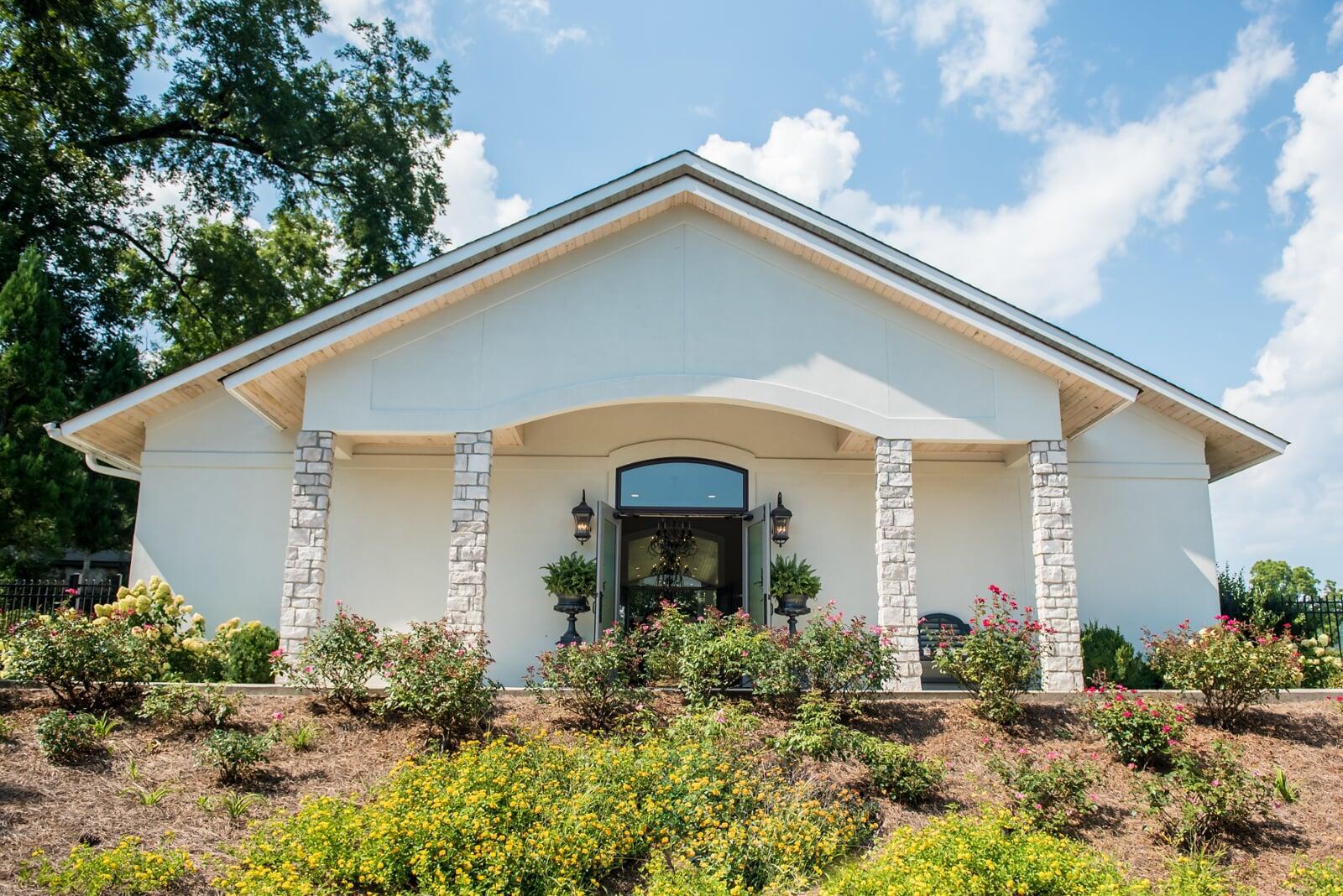
🏘️ Types of ADUs in California
1. Detached ADU
- A stand-alone structure separate from the main house
- Often built in the backyard or rear of the property
- Maximum size: Typically up to 1,200 sq ft, depending on local codes
- Most expensive type, but offers privacy and rental income potential
2. Attached ADU
- Built as an expansion or extension of the primary home
- Shares a wall with the main dwelling
- Must have its own entrance and living amenities
- Size usually limited to 50% of the primary home’s size, up to 1,200 sq ft
3. Basement Conversion ADU
- Converts a finished or unfinished basement into an independent unit
- Requires proper egress, ventilation, and waterproofing
- Subject to the same permit and code requirements as other ADUs
4. Garage Conversion ADU
- Converts an existing garage into a living unit
- Typically the cheapest option since the structure already exists
- Parking waivers often available under California law
- Must meet fire safety and energy standards (Title 24)
5. Junior ADU (JADU)
- A smaller unit (up to 500 sq ft) created within the main home
- Must include a basic kitchen and separate entrance
- May share a bathroom with the primary residence
- Often exempt from certain fees and faster to permit
📝 What Permits Are Required for ADUs in California?
1. Building Permit
- Required for all ADU types, including new builds and conversions
- Ensures compliance with California Building Code (CBC)
2. Planning or Zoning Permit
- Needed if your project impacts setbacks, lot coverage, or height
- Some cities have ADU-specific ordinances
3. Electrical, Plumbing, Mechanical Permits
- Required if new systems are installed or existing ones are modified
4. Fire and Safety Approval
Particularly important for garage and basement conversions
May include smoke alarms, sprinklers, and egress windows
5. Utility Connection Approvals
- Sewer, water, and electric hook-ups must be reviewed
- Impact fees are waived for ADUs under 750 sq ft
🕒 How Long Does It Take to Get an ADU Permit?
Standard timeline: 30–60 days (state-mandated review period)
Plan preparation: 2–4 weeks
Inspections & revisions: 1–2 weeks after plan approval
💸 How Much Do ADU Permits Cost in California?
| Permit Type | Estimated Cost (2025) |
| Building Permit | $1,500 – $6,000 |
| Plan Review Fees | $500 – $2,000 |
| Utility Hookup Fees | $0 – $5,000 (waived in many cases) |
| School Impact Fees | Exempt for ADUs ≤ 750 sq ft |
| Total Estimated Cost | $3,000 – $15,000 |
✅ Benefits of Building a Permitted ADU
Legal rental income
Increased property value
No risk of code violations or fines
Easier refinancing or resale
Access to incentives, grants, and tax breaks]

